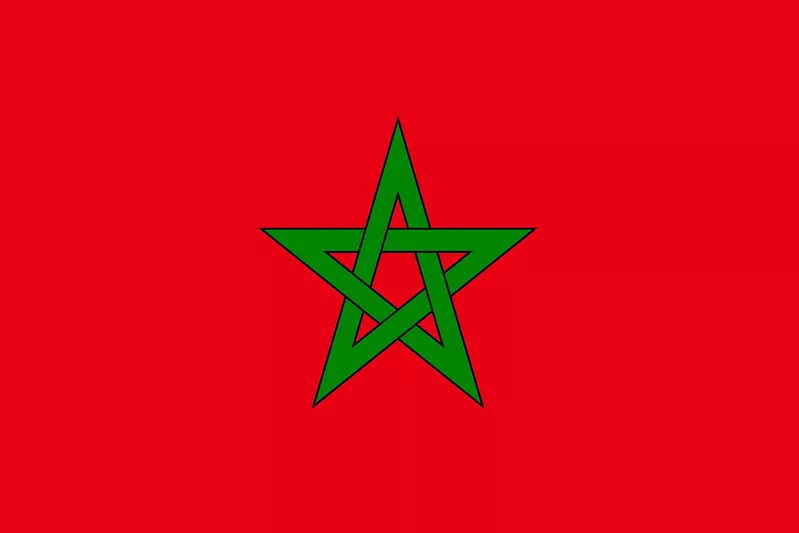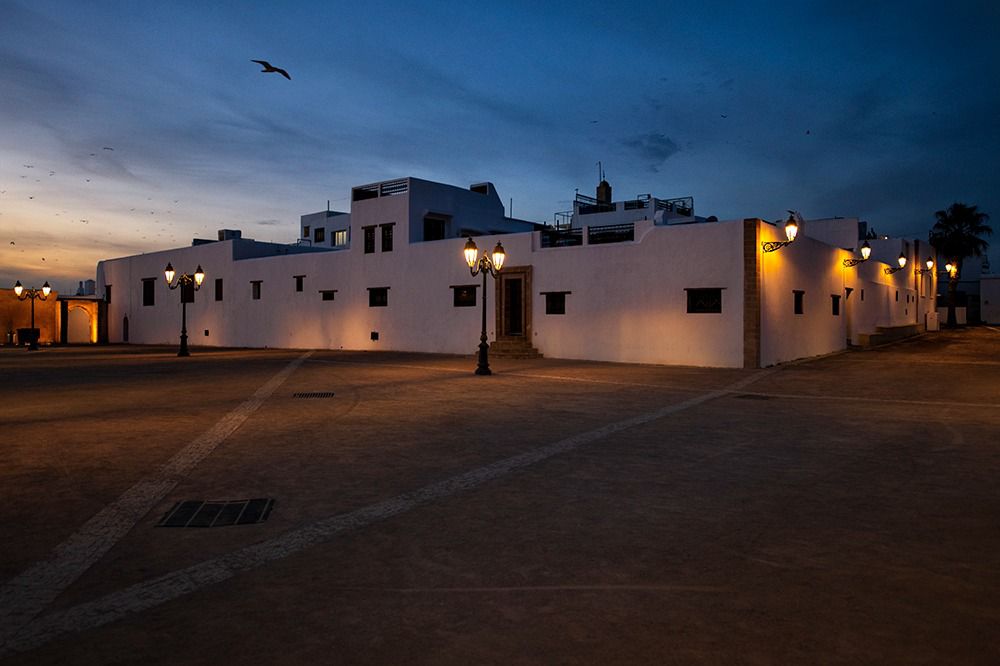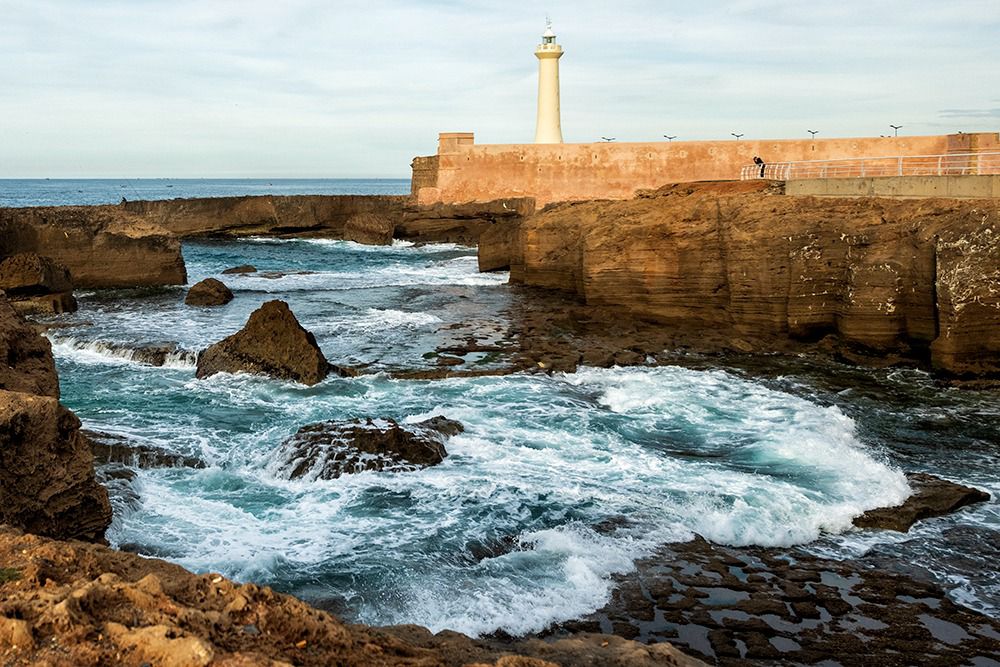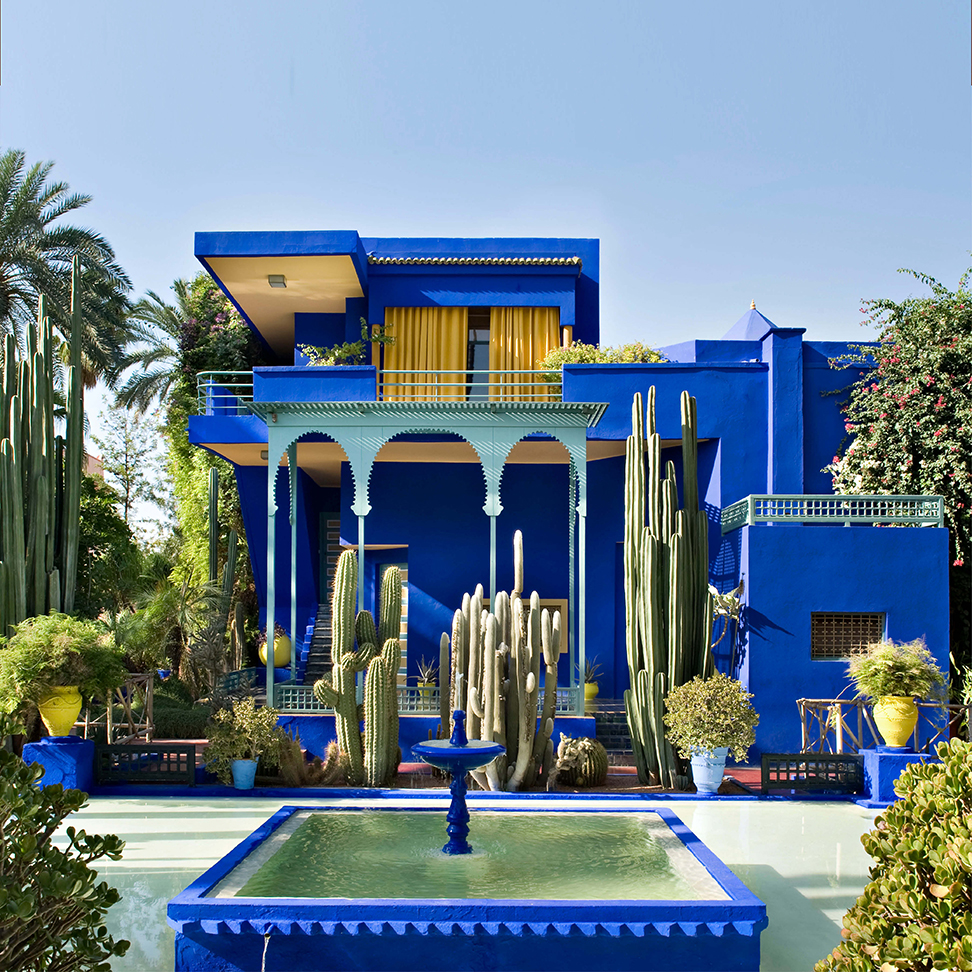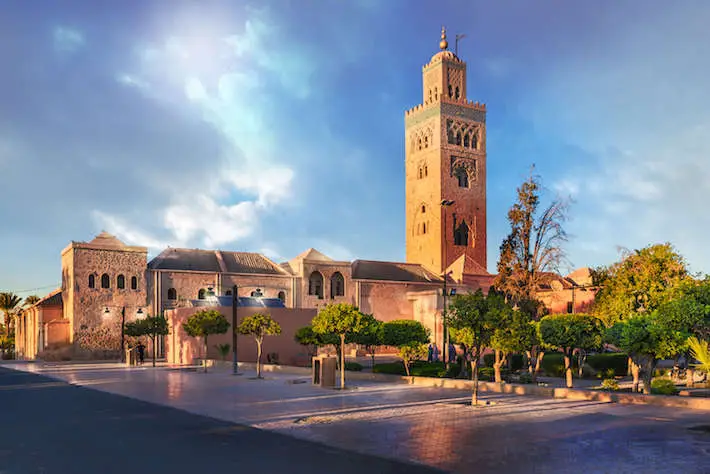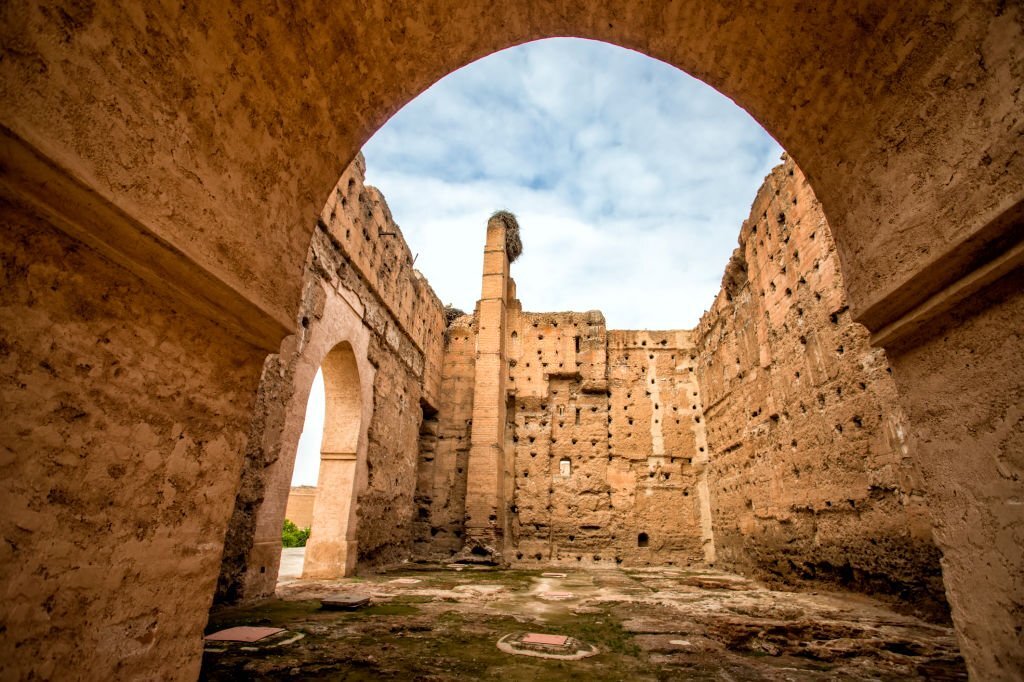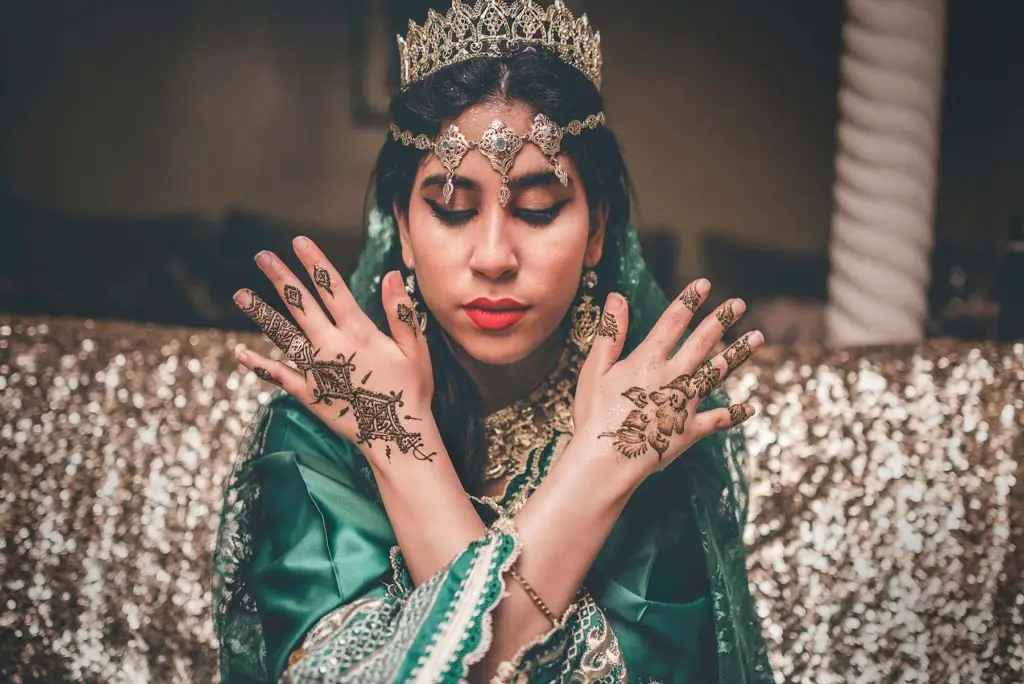Colors and the Meaning of the Morocco Flag
The Moroccan flag was adopted on November 17, 1915. Fas, on March 2, 1956 gained independence from France. To distinguish the Moroccan flag from similar red flags, The Seal of Solomon was used by the ruler of the Moroccan dynasty since the 17th century. The Moroccan Flag features a green 5-pointed star, also known as the Seal of Solomon, in the middle of a crimson base.The traditional colors of Islam, Morocco’s official religion, are red and green.The relationship between Allah and the nation is symbolized by the Seal of Solomon. History of the Morocco Flag The Alawites, who currently run Morocco’s government, have flown dark red flags since 1666.Every dawn, the flags of the castles in Sale and Rabat were raised.In accordance with the Moroccan Treaty, France was given protectorate status over the Middle-Moroccan territory in 1912. This arrangement separated Morocco into three parts.Spain maintained control over the desert in the south and the northern region, while France received the rest territory.International protection was extended to Tangier.Germany, Spain, France, and England were all managed jointly by the states. In 1915, a five-pointed green star was added to the center of the flag to distinguish the Moroccan Flag from the flags of other Arab States. The red-colored jihad and the five-pointed green star inspired by the Suleiman ring represent the Islam while symbolizing martyrs who sacrificed themselves for the homeland. Prince Muhammad Ibn ‘Abd al-Karim al-Khattabi formed the Rif Republic, took control of northern Morocco between 1920 and 1927, and started a resistance movement against the foreign occupation.Khattabi used a red flag with a white square in the center during the revolution.A six-pointed star and a crescent both have a green tone inside the square.For eight years, Spain flew a red flag over its territory.This flag features a green rectangle with a white star with five points in the left-hand corner. Independence of Morocco Mohammed V of Morocco ascended to the throne on November 18, 1927, at the age of barely 18.Wars against foreign domination were won under King Mohammad’s rule, and protected territories achieved independence.The green-centered flag with a five-pointed star that was used over all of Morocco was brought back in the same year, prior to the Rif resistance. On 11 January 1944 he was sent a note to France and Spain for the expiration of the mandate of the Moroccan administration and the re-recognition of the national sovereignty of the Moroccan territorial integrity. On August 20, 1953, there was a popular uprising against the king in Morocco. King Mohammed and all his family were exiled in Madagascar. On March 2, 1956, the Moroccan resistance won independence against France. On April 7, 1956, he declared his independence against Spain. After the independence of the Moroccan State in 1956, the same flag was used in the period of King Mohammed V and his son, King Hassan II, who took the throne in 1961 after his death. Since gaining independence in 1956, Morocco’s national anthem has remained unchanged.It is a musical composition without lyrics to a national anthem.The schedule called for numerous modifications, but none materialized.The national anthem was played in a public setting following Morocco’s achievement in the 1970 World Cup in Mexico.So, King Hassan II hired writer Ali Squalli Houssaini to compose the country’s song. Neighboring Countries of Morocco Morocco, a country located in North Africa, is neighbors with Algeria from the east, Spain from the north (a border from a sea along the Bosphorus and two small autonomous cities called Ceuta and Melilla) and from the south to Mauritania and Western Sahara.
Colors and the Meaning of the Morocco Flag Read More »

